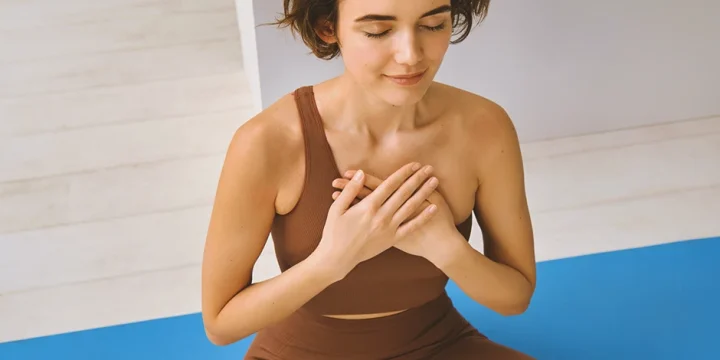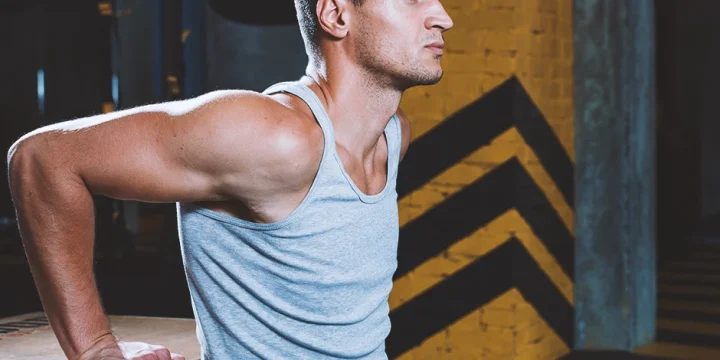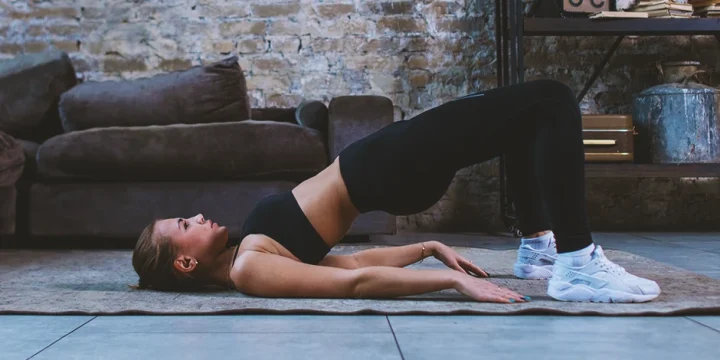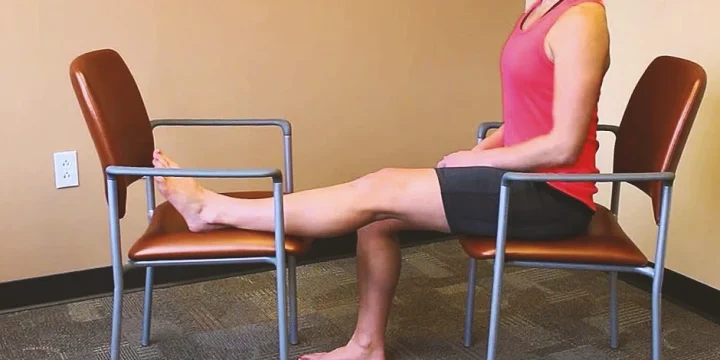As a fitness instructor, I can never stress the importance of cooling down after a workout enough.
Skipping a proper cool-down makes your muscles less prepared for the next session and more susceptible to injury. Sadly, most people see it as an optional or unnecessary part of the fitness routine.
To help you give your body the attention it deserves, I'm sharing effective, quick, cool-down exercises that I constantly use with my clients.
Let's dive in.
Quick Summary
- Cool-down exercises include walking, child's pose, seated forward bend, seated hamstring stretch, standing quad stretch, standing calf stretch, and shoulder stretch.
- Cool-down exercises usually last 10 minutes and include stretching and light cardio workouts.
- According to the American Heart Association, cooling down can also help improve your mental well-being by promoting relaxation and reducing stress levels.
- You should do your cooling-down routine in the following order: light cardio, seated stretching, and then standing stretches.
7 Most Effective Cool-Down Exercises and Stretches
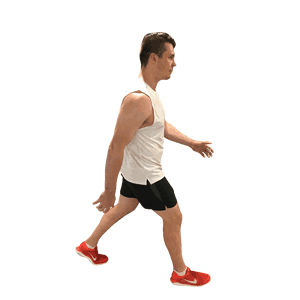
When you exercise, your heart rate increases, and blood vessels dilate, causing blood to pool in your limbs [1]. So when you abruptly stop the exercise, it affects the body as a bit of a shock.
To avoid potential inconveniences, I dedicate at least 10 minutes of my workout to cooling-down exercises.
Let’s explore the most effective ones.
1. Walking
Walk at a comfortable pace, swinging your arms naturally, and take deep breaths to help this light cardio bring your body state back to normal.
 2. Child’s Pose
2. Child’s Pose
I use this simple stretch after an intense back workout. It also doubles as a great mobility warm-up in the morning.
Here's how you do it:
- Start on your hands and your knees.
- Straighten your arms, sink back, and rest your buttocks on your heels.
- Let your chest fall into your thighs, and your forehead rest on the floor.
3. Seated Forward Bend
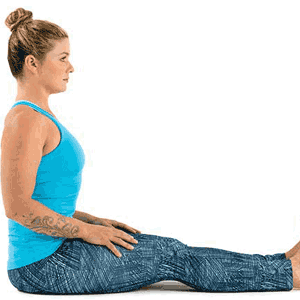
The seated forward bend is one of my favorite cool-down exercises. Don't worry if you can't reach your toe; just reach out as far as possible.
Here's how you do it:
- Sitting on the floor with your legs extended, inhale and raise your arms overhead.
- On the exhale, hinge forward from your hips, extending your hands toward your feet and resting your forehead on your shins.
- Hold for several breaths, then release the stretch and sit up slowly.
 4. Seated Hamstring Stretch
4. Seated Hamstring Stretch
The seated hamstring stretch is beginner-friendly and one of the most efficient ways to stretch your hamstrings.
Here's how you do it:
- Sit on the ground with your left leg straight and your right knee bent.
- Reach forward with your right arm and grab your left ankle, feeling the stretch in your left side and hamstring.
- Hold for 20–30 seconds and switch sides.
Related: Top 9 Tensor Fasciae Latae Stretches
5. Standing Quad Stretch
This exercise is a must after leg day, especially after squats.
Here's how you do it:
- From the standing position with your feet hip-width apart, lift your left foot towards your glute with your left hand.
- Keep your knees together and hold for 20–30 seconds, then switch sides.
6. Standing Calf Stretch
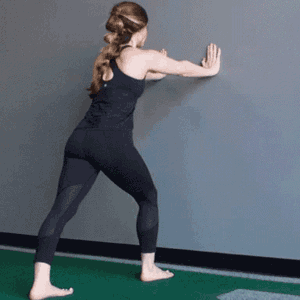
The standing calf stretch is a great way to cool your calves down after playing sports or heavy lifts.
Here's how you do it:
- Stand with your feet hip-width apart and take a step back with your left leg.
- Keep your right heel on the ground and bend your left knee, feeling the stretch in your right leg.
- Hold for 20–30 seconds and switch sides.
 7. Shoulder Stretch
7. Shoulder Stretch
The shoulder stretch is an excellent way to stretch your shoulders and lats.
Here's how you do it:
- Stand with your legs straight, feet hip-width apart, and reach your right arm across your chest, holding it with your left hand.
- Pull your right arm closer to your body, feeling the stretch in your right shoulder and upper body.
- Hold this position for 20–30 seconds, then switch sides by reaching your left arm across your chest and pulling the left elbow with your right hand.
You can mix and match depending on the muscles you worked that day or do the entire routine.
Why Is Important To Cool Down and Stretch After a Workout?
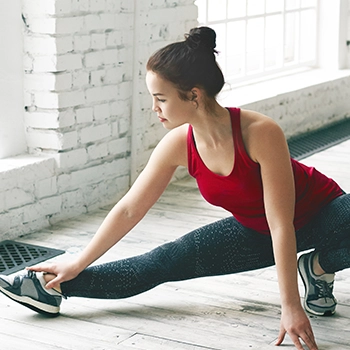
It is important to cool down and stretch after a workout because it may help your body return to a resting state and prevent injury. In addition to potentially reducing the risk of injury, a cool-down routine after a workout may also help bring down your body temperature, decrease your heart rate, and gradually return your body to a resting state.
Moreover, stretching during the cool-down phase helps elongate muscles and prevent stiffness, which can help you move more efficiently during your next workout.
According to the American Heart Association, cooling down can also help improve your mental well-being by promoting relaxation and reducing stress levels [2].
FAQs
How Do You Cool Down After Stretching?
After stretching, you can cool down by performing light cardio exercises, such as walking or cycling, for five to ten minutes. Additionally, a foam roller can help ease any muscle tension or soreness.
How Can I Cool Down Naturally?
To cool down naturally, try taking a cold shower, using a cold compress, or applying aloe vera gel to your skin. Drinking cold water, wearing loose, breathable clothing, and avoiding direct sunlight can also help lower your body temperature.
References:
- https://www.ncbi.nlm.nih.gov/pmc/articles/PMC6172294/
- https://www.heart.org/en/healthy-living/fitness/fitness-basics/warm-up-cool-down
About The Author
You May Also Like

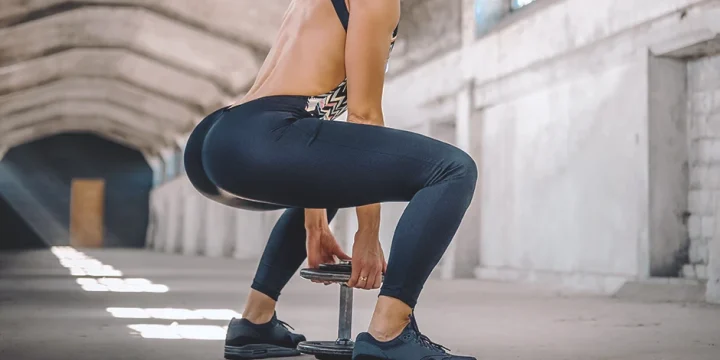
 2. Child’s Pose
2. Child’s Pose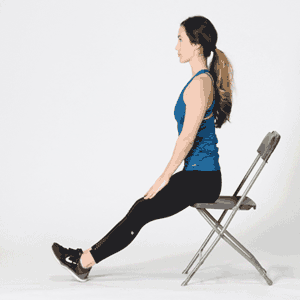 4. Seated Hamstring Stretch
4. Seated Hamstring Stretch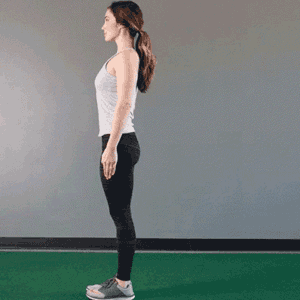
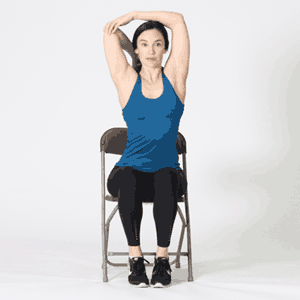 7. Shoulder Stretch
7. Shoulder Stretch